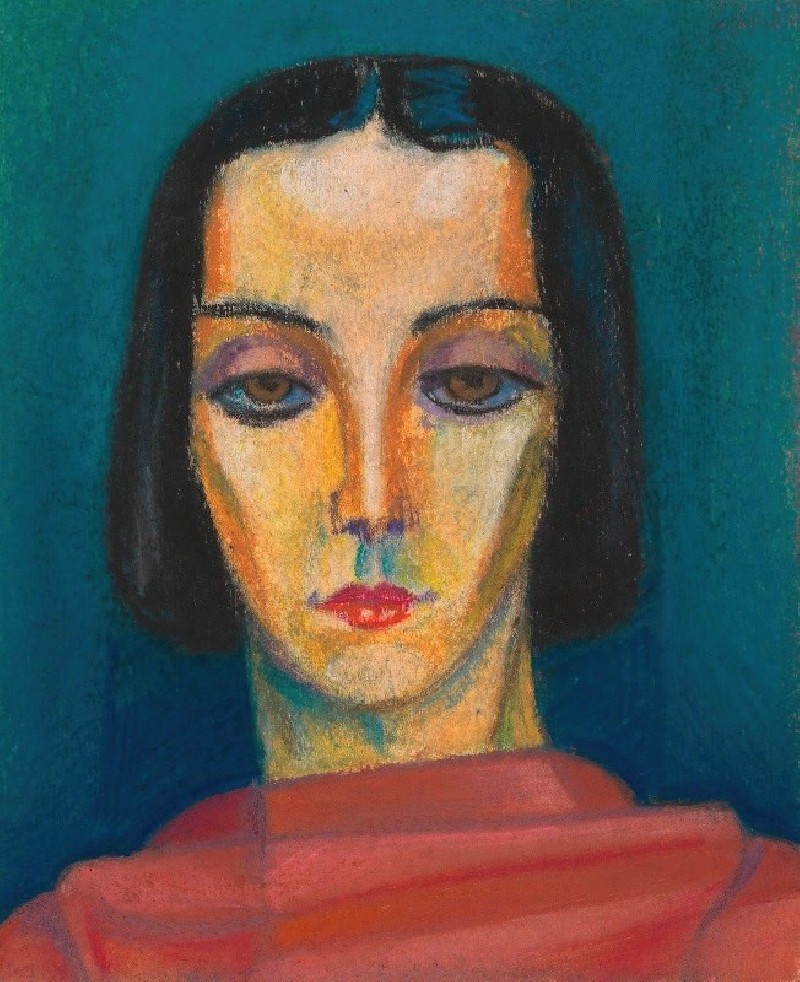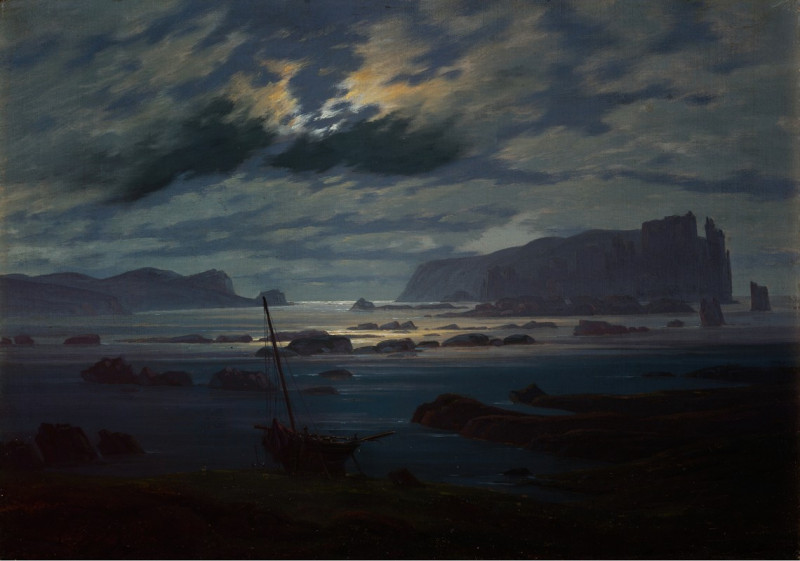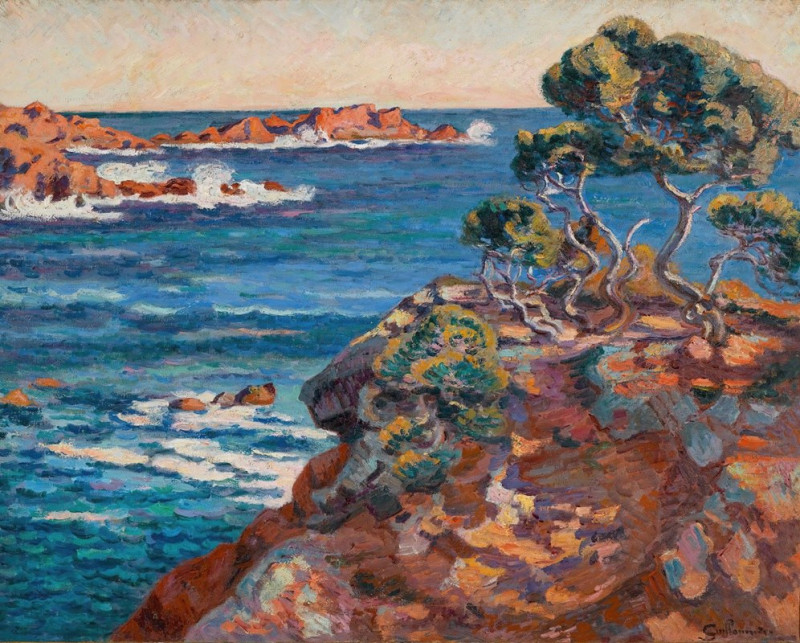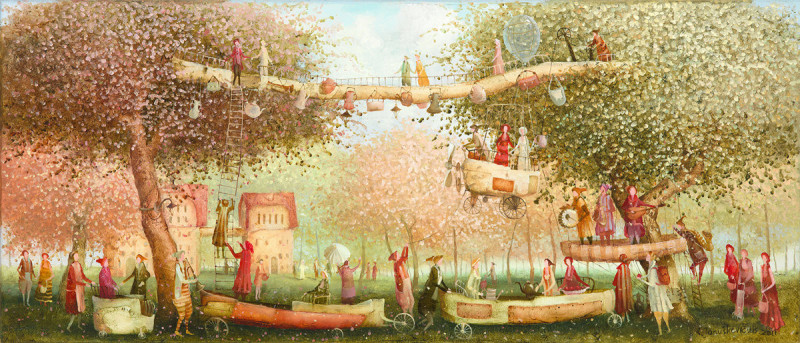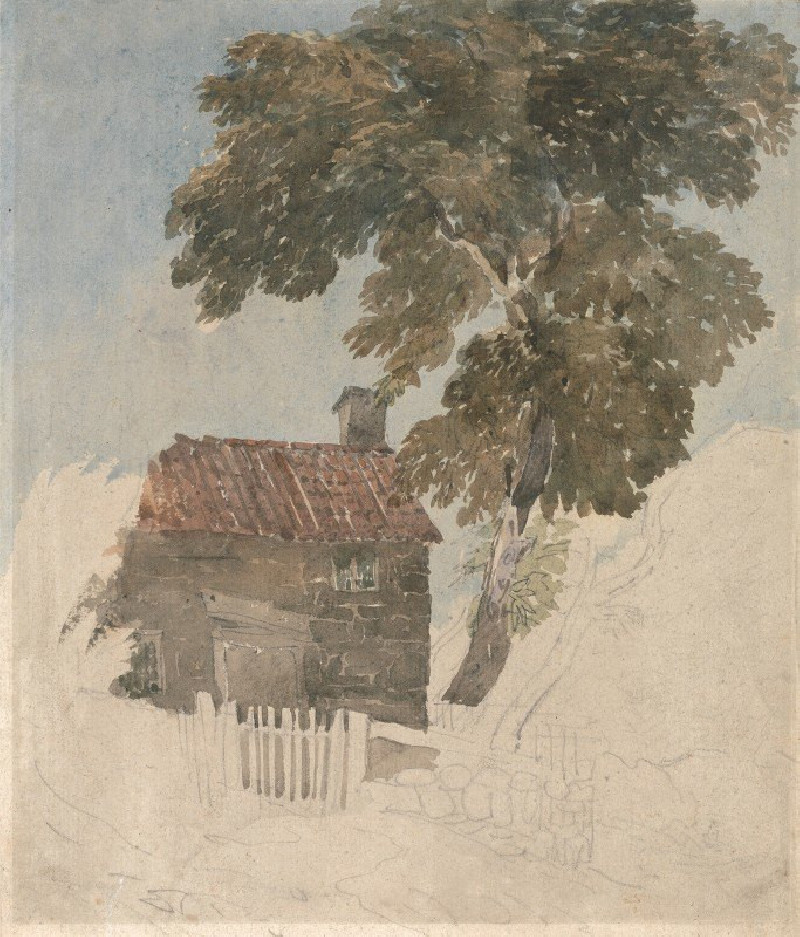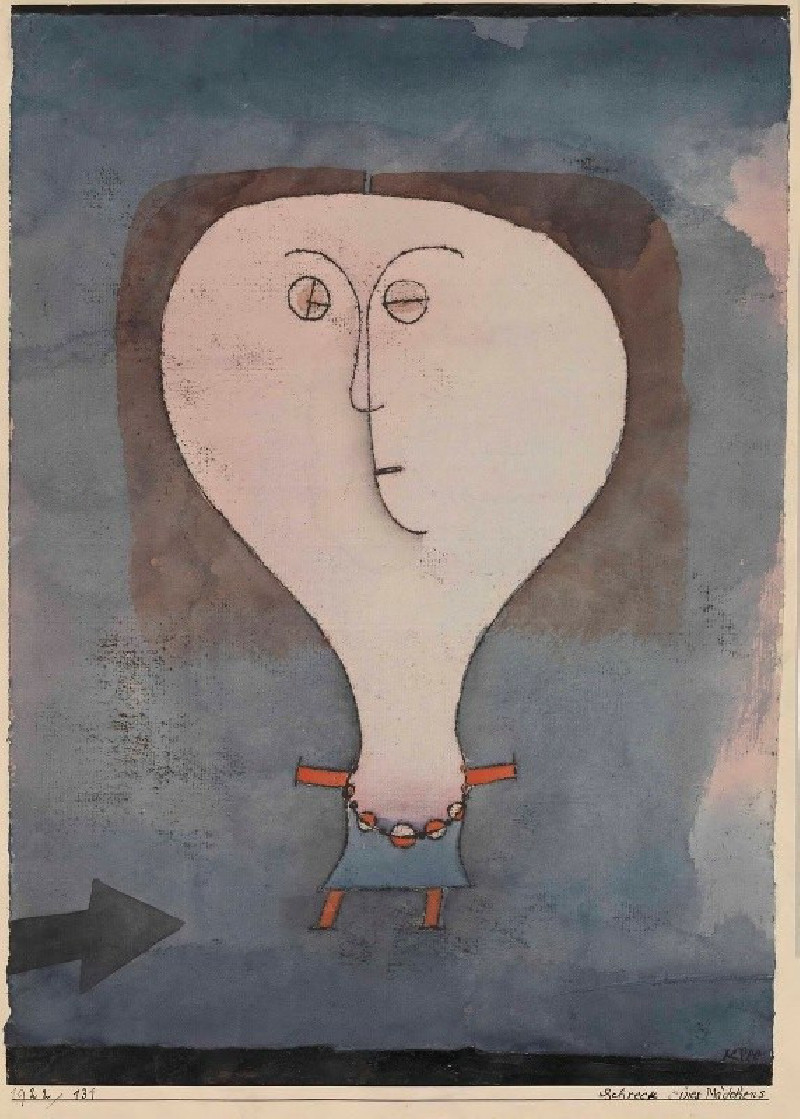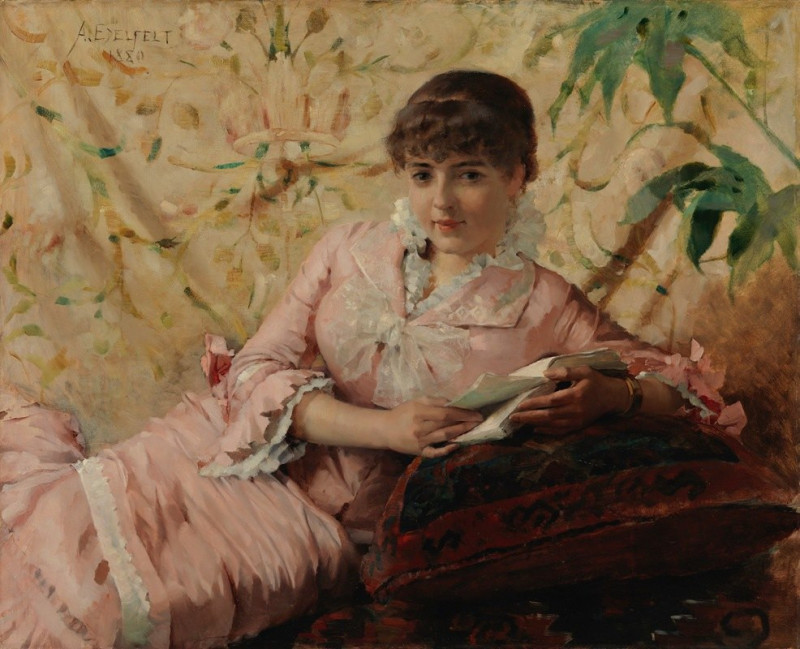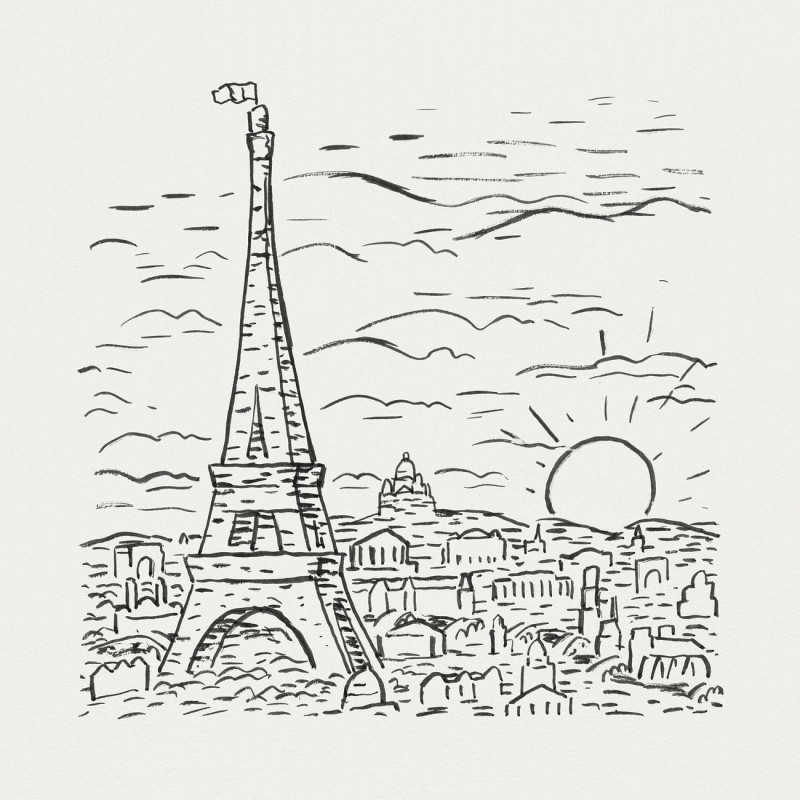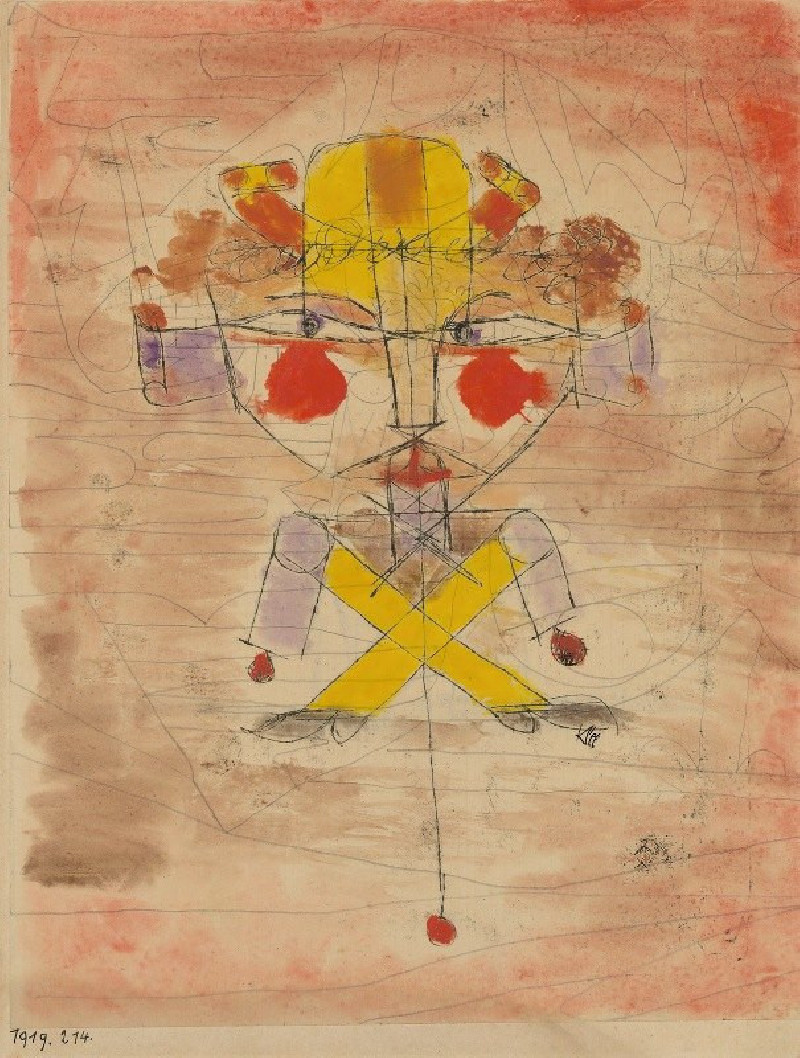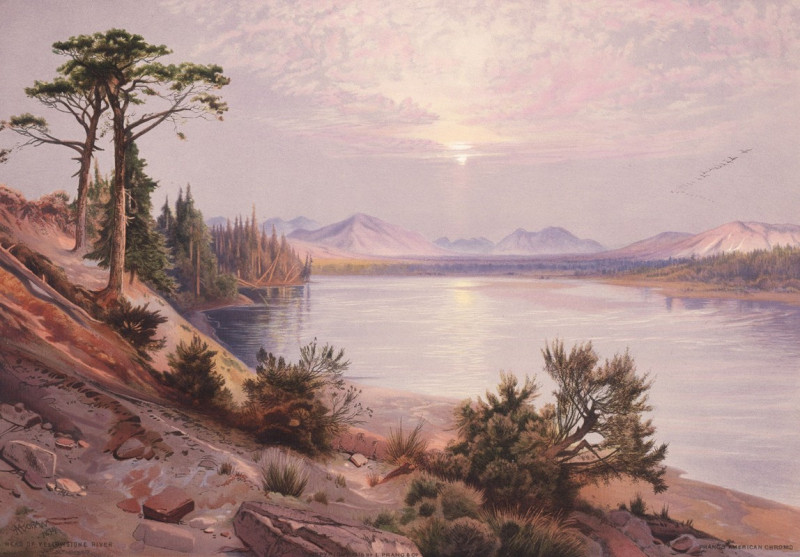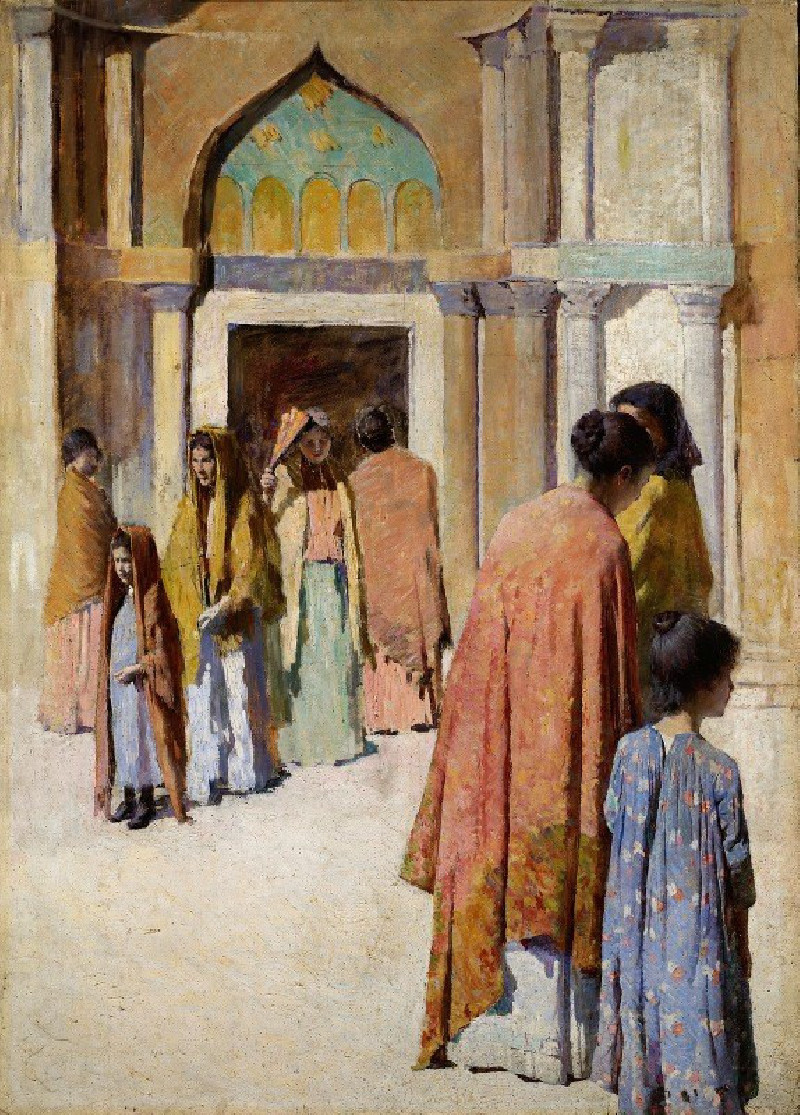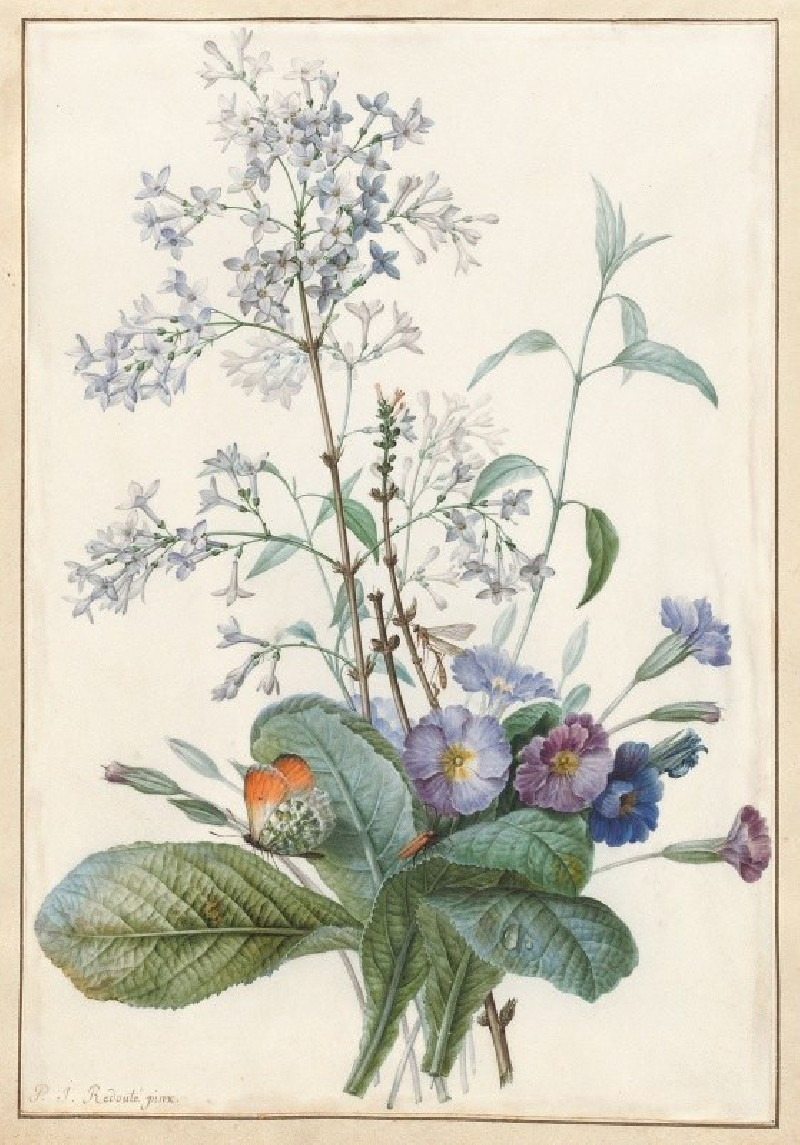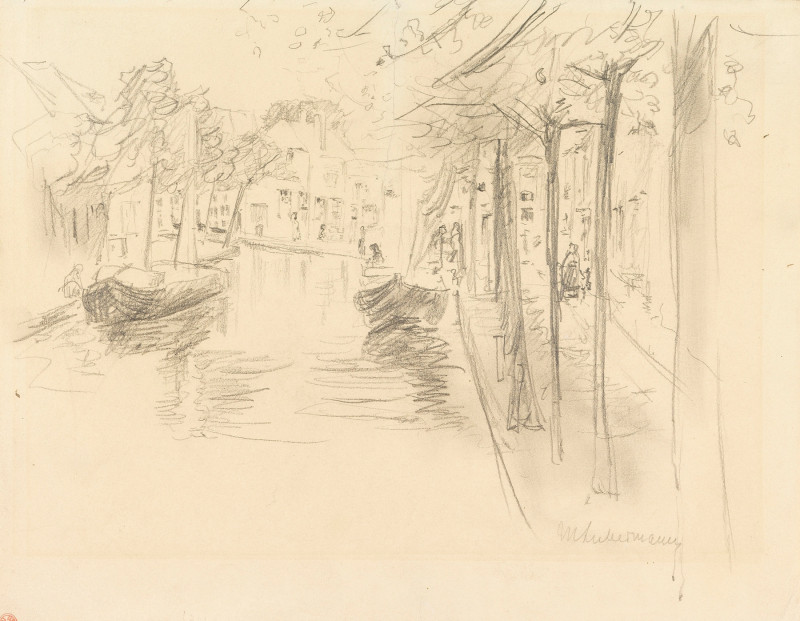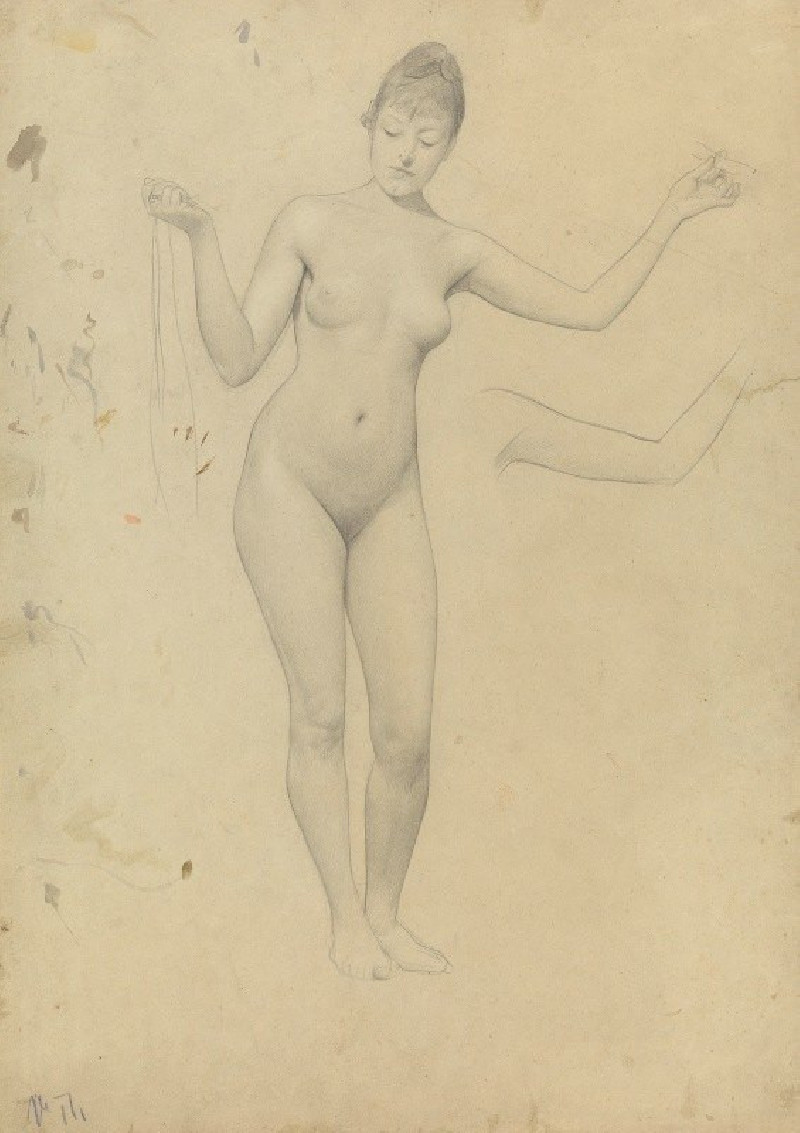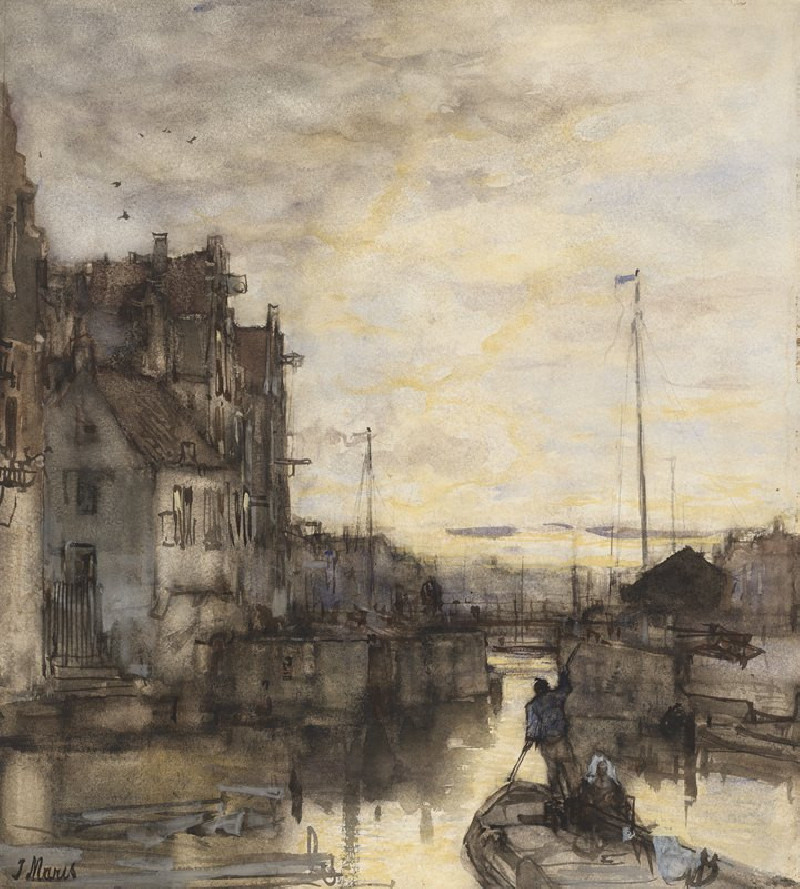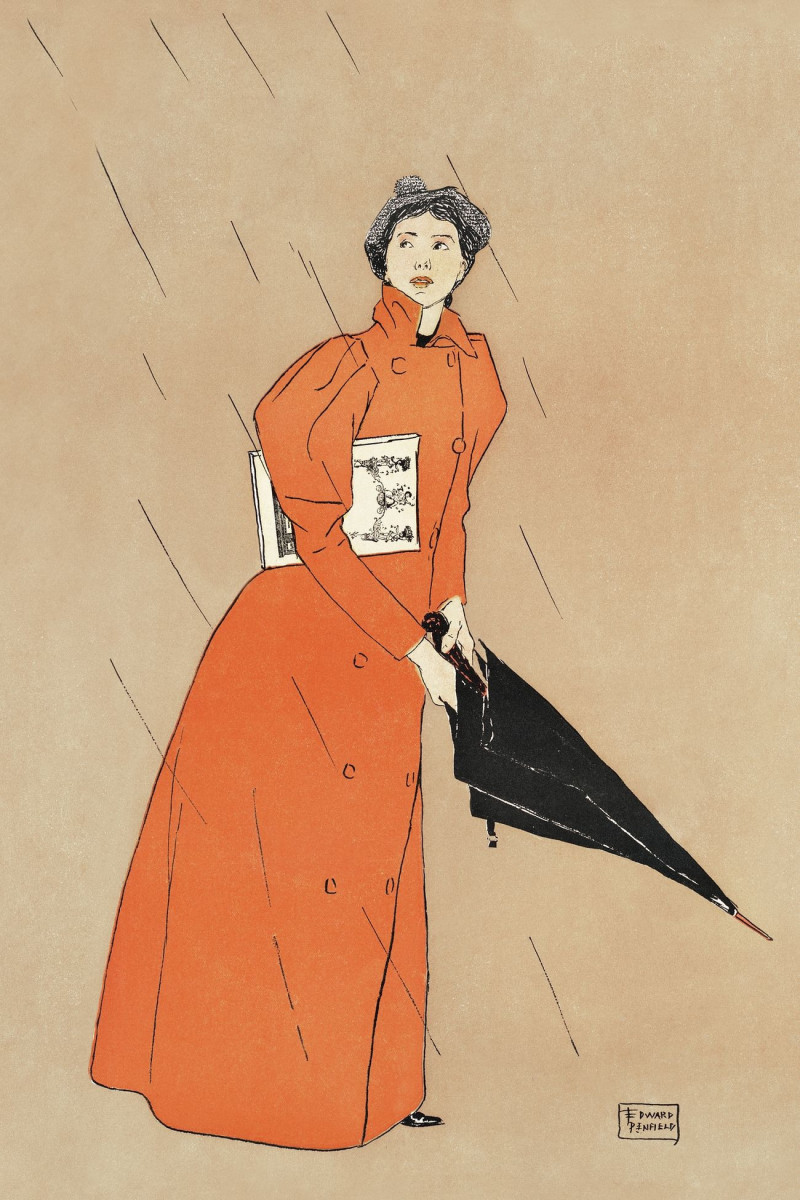Porträt einer Dame (ca. 1939)
Technique: Giclée quality print
Recommended by our customers
More about this artwork
"Porträt einer Dame" (Portrait of a Lady), created around 1939 by artist Karl Wiener, is a compelling example of expressionist art. The painting portrays a woman with a deep, penetrating gaze that seems to capture a complex interplay of emotions and thoughts. Her face, characterized by elongated features and a serene yet distant expression, is marked by sharp contrasts in color, contributing to the dramatic impact of the artwork.Wiener’s use of vibrant colors—deep blues and vivid reds—intensifies the emotional depth of the portrait. The stark shades not only define her facial features but also subtly suggest the layered psychological dimensions of the subject. The background, a muted blue, serves as a calm canvas, ensuring that the focus remains intently on the lady herself. Her attire, a simple yet striking red garment, contrasts with the cooler tones of the background and her skin, perhaps hinting at her complex persona.This painting invites viewers to reflect on the subject's story, her thoughts, and the era she represents.

